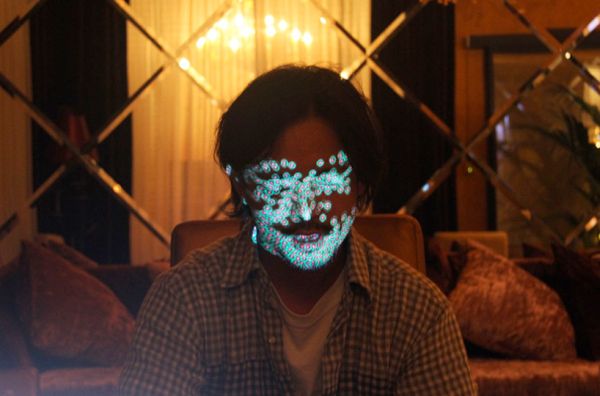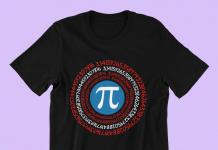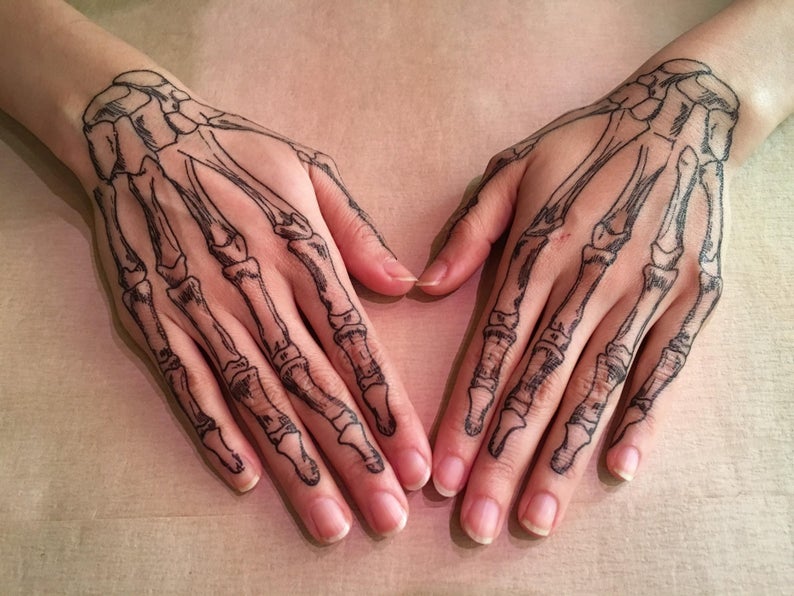With facial recognition growing as a consumer technology in itself, using expressions and gestures to interact with robots and machines has increased dramatically.

What once was a solely human domain has now begun to be understood by computers and machines as well. With that in mind, several artists have toyed with the idea of creating futuristic art which are based in human facial expressions and movements. Zachary Liberman and Daito Manabe are Tokyo based artists who have created digital and artistic representations of human expressions and facial movements. With the help of real time generic non-rigid face alignment system and a face tracker, they have built an art project titled ‘Face Projection’.
http://www.youtube.com/watch?v=B3YL1eM9T54&feature=player_embedded
The art project is written in C/C++ API and facial structure and expressions are coded in the same languages. Face Projection artfully depicts the process of analysing a person’s face, their expressions and movements with the help of a face tracker. Analysed data is then converted into algorithms which are then projected on to the person’s face in the form of patterned light forms. These patterns of light on a person’s face which are projected in return form the basis of the art project.
What is unique about this project is that the art which is projected on a person’s face in the form of light is a literal translation of the process in which a face tracker understands the same person’s facial expressions and movements. What strikes me is the nature of the art itself, which metaphorically places the creator as the subject and also as the canvas in the end. The person’s facial expressions act as the stimuli to which the machines and software respond, and project what is analysed on the source or creator’s face.
This unique interaction that takes place in real time can be humorous at times, but it makes you think about how much we let technology and software programs to ‘understand’ us, when we are the creators of these technologies. We had earlier written about Teotronico, a piano-playing robot who interacts with his audience with the help of face recognition technology. You might also want to read about how Facial Recognition Software may give information about your social security number to strangers.










